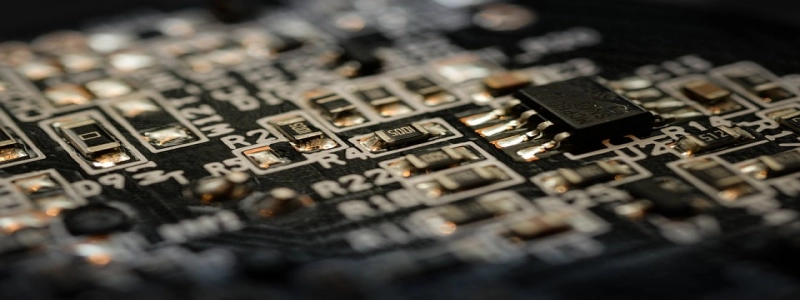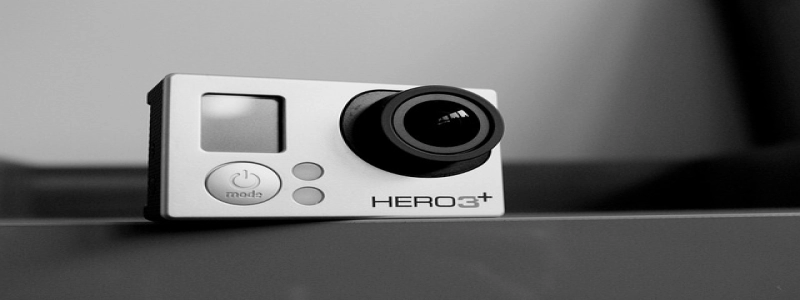UV Disinfection Wavelength
Introduction:
UV disinfection is a widely used method for eliminating harmful microorganisms in various industries and applications. This article aims to discuss the importance of UV disinfection wavelength and its role in the disinfection process.
1. What is UV disinfection?
2. The significance of wavelength in UV disinfection
2.1 UV spectrum
2.2 Effectiveness of different wavelengths
2.3 Absorption characteristics of microorganisms
3. Optimum wavelength for UV disinfection
3.1 Visible light range
3.2 UV-A and UV-B range
3.3 UV-C range
4. UV disinfection applications based on wavelength
4.1 Visible light applications
4.2 UV-A and UV-B applications
4.3 UV-C applications
5. Future trends in UV disinfection wavelength selection
6. Conclusion
Introduction:
UV disinfection is a widely used method for eliminating harmful microorganisms in various industries and applications. This article aims to discuss the importance of UV disinfection wavelength and its role in the disinfection process.
1. What is UV disinfection?
UV disinfection refers to the use of ultraviolet (UV) light to inactivate or kill microorganisms such as bacteria, viruses, and protozoa. UV light damages the genetic material of these microorganisms, rendering them unable to replicate or cause infections. This method has been proven effective in water treatment plants, hospitals, food processing industries, and air purification systems.
2. The significance of wavelength in UV disinfection
2.1 UV spectrum:
The UV spectrum is divided into three regions based on wavelength: UV-A, UV-B, and UV-C. UV-A has the longest wavelength (315-400 nanometers), followed by UV-B (280-315nm) and UV-C (100-280nm). Each region has different properties and applications.
2.2 Effectiveness of different wavelengths:
The effectiveness of UV disinfection depends on the wavelength used. Different microorganisms have varying levels of sensitivity to specific wavelengths. Some microorganisms are more susceptible to UV-C, while others may require UV-A or UV-B for effective disinfection.
2.3 Absorption characteristics of microorganisms:
Microorganisms have different absorption characteristics depending on their cellular structure. For instance, viruses and bacteria typically absorb UV-C light more readily than UV-A or UV-B. Understanding these absorption characteristics helps in selecting the appropriate wavelength for effective disinfection.
3. Optimum wavelength for UV disinfection
3.1 Visible light range:
Although not typically used for disinfection purposes, visible light (400-700nm) has some limited applications. It is commonly used for surface disinfection and can penetrate certain materials to a limited extent.
3.2 UV-A and UV-B range:
UV-A and UV-B wavelengths have some disinfection capabilities but are less effective than UV-C. UV-A is often used in phototherapy to treat certain skin conditions, while UV-B is utilized in the production of vitamin D and some medical treatments.
3.3 UV-C range:
UV-C light with wavelengths between 200-280nm is the most germicidal and widely used for disinfection purposes. This range of wavelengths is particularly effective in destroying bacteria, viruses, and other microorganisms. It is commonly used in water treatment plants, healthcare settings, and air purification systems.
4. UV disinfection applications based on wavelength
4.1 Visible light applications:
Visible light is used for surface disinfection in controlled environments such as cleanrooms, laboratories, and food processing areas. It is effective in reducing contamination on surfaces.
4.2 UV-A and UV-B applications:
UV-A and UV-B wavelengths find applications in medical treatments, phototherapy, and the production of vitamin D. However, their disinfection capabilities are limited compared to UV-C.
4.3 UV-C applications:
UV-C wavelengths are widely used for water disinfection in water treatment plants. They are also employed in healthcare settings to disinfect medical equipment, air purification systems, and HVAC systems.
5. Future trends in UV disinfection wavelength selection:
As research in UV disinfection continues to evolve, there may be advancements in developing more specialized UV disinfection systems targeting specific microorganisms. This could potentially involve utilizing specific wavelengths to achieve optimal disinfection results.
6. Conclusion:
UV disinfection is an effective method for eliminating harmful microorganisms. The selection of the appropriate wavelength is crucial for ensuring effective disinfection. While UV-C is the most germicidal, other wavelengths such as UV-A and UV-B have their own applications. Future developments may lead to even more specialized UV disinfection systems based on specific wavelengths.







